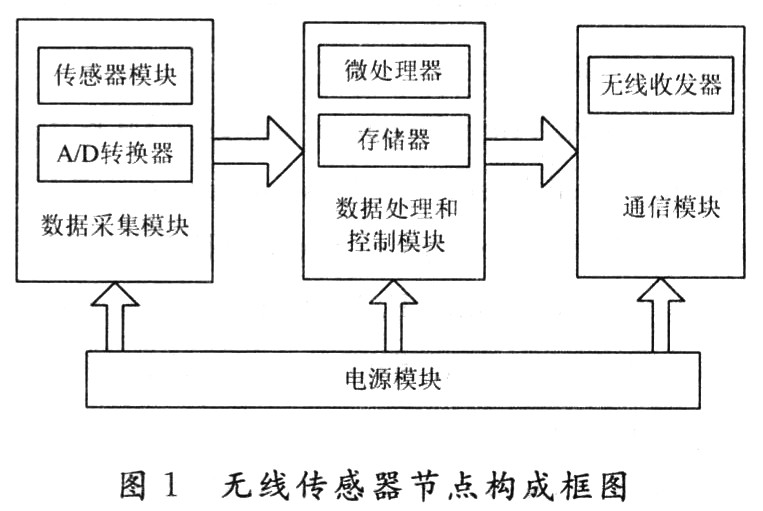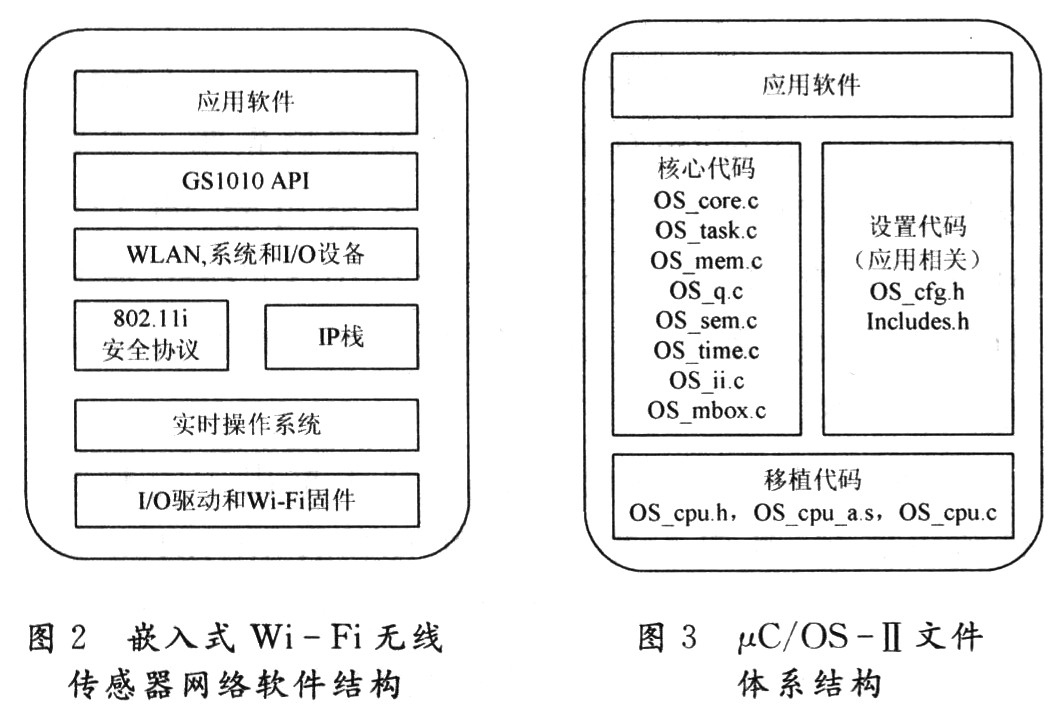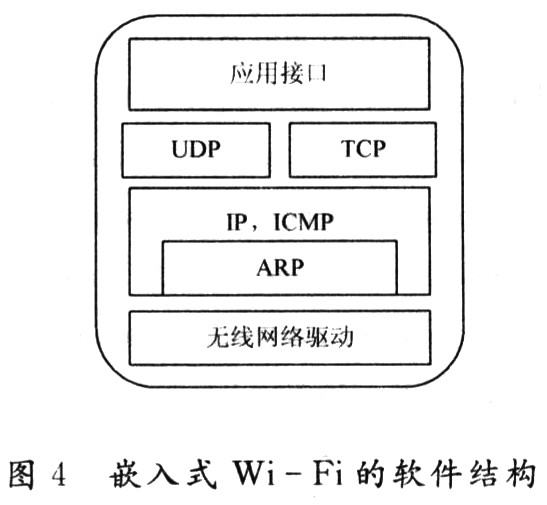Design and Research of Wireless Sensor Network Based on Wi-Fi
0 Introduction Wireless sensor network (WSN) integrates micro-electromechanical technology, sensor technology, embedded technology, network technology and wireless communication technology. It can collaboratively sense and collect various information in the network distribution area in real time, and process it. Wireless transmission to user terminal. The wireless sensor network is composed of a large number of small, low-cost sensor network nodes with wireless communication, sensing, and data processing capabilities.
1 Wi-Fi
Wi-Fi (Wireless Fidelity) is a wireless communication standard IEEE 802.11, which is a standard of wireless local area network. On the basis of wired LAN, wireless communication can be realized through wireless HUB, wireless access node (AP), wireless bridge, wireless network card and other equipment. Wi-Fi works on the 2.4 GHz ISM band, with a total data transmission rate of 2 Mb / s. The two devices can communicate freely and directly, or they can communicate under the coordination of a base station or an access point. WSN with Wi-Fi can not only enjoy the benefits of mature Wi-Fi technology, but also maintain the service life of several years under a single AA battery. Compared with ZigBee wireless sensor networks, Wi-Fi networks are more mature and have obvious advantages in device interoperability. They have longer communication distances and faster communication rates than ZigBee. The IP-based networking technology is very convenient for seamless connection with networks already installed in enterprises and homes, and it also has better security.
2 Hardware design The wireless sensor network node is mainly composed of a sensor module, a processor module, a wireless transceiver module, and a power module, as shown in Figure 1.

The data processing and control module is the core of the sensor node. It mainly implements functions such as device control, task scheduling, resource management, and power consumption management. The Wi-Fi chip GS1010 launched by GainSpan Company combines two ARM7 32-bit microprocessors, 384 KB flash memory, 224 KB SRAM, A / D, RTC and 802.11 wireless chips and a complete set of rich external I / O peripheral All are designed in a very small QFN package miniature single chip. It can integrate the processor module and wireless transceiver module of the wireless sensor network to realize the wireless and miniaturization of the wireless sensor network node. The highly integrated wireless SoC design can reduce system cost, reduce the complexity of application design, and make device power consumption very low. Flexible configuration of multiple I / O interfaces can be connected to multiple sensors, making system design easier to integrate.
3 Software Design The predecessor of μC / OS-Ⅱ is μC / OS, which is a real-time operating system with free open source code, which has the characteristics of high execution efficiency, small occupied space, excellent real-time performance and strong scalability. It contains basic functions such as task scheduling, task management, time management, memory management, and communication and synchronization between tasks. The software design of the wireless sensor network here includes: wireless functions (802.11), GS1010 APIs, power optimization management, network management, system management and configuration, I / O services and drivers, security, etc., as shown in Figure 2 .

3. The transplantation of 1 μC / OS-Ⅱ The file system structure of μC / OS-Ⅱ includes core code, setting code, and transplantation code related to the processor. The structure is shown in Figure 3. Among them, the uppermost software application layer is the code on μC / OS-II. The core code part includes 7 source code files and 1 header file. The functions are core management, event management, storage management, message management, task scheduling and timing management. The setting code part includes 2 header files, which are used to configure the number of event control blocks and whether to include related codes such as message management. The part of the migration code related to the processor is the part that needs to be changed during the migration process, including the header file OS_cpu. H, assembly file OS_cpu_a. s and 1 C code file. The key to porting μc / OS-Ⅱ to the processor is the following three files related to the architecture: OS_cpu. H, OS_cpu. c, OS_cpu_a. s.
3.2 Software design of embedded Wi-Fi Figure 4 is the software structure of embedded Wi-Fi. The realization of communication is divided into three tasks: network task (NET_MAINTASK), data packet receiving task (ETH_REPOLL_TASK) and periodic clock task (PERIO_TASK). These three tasks coordinate with each other to complete the transfer of data from the link layer to the application layer or the application layer to the link layer. The priority of the network task is the highest among all communication tasks. When it completes the initialization of each part of the network, it is responsible for processing the newly received data and distributing it to the application layer. At the beginning, it will suspend itself, and when it receives the signal sent by the data packet sending and receiving task, it will go into the running state.
The NET_MAINTASK block is as follows:


4 Conclusions Here, on the basis of analyzing the structure of the wireless sensor network, we introduce the design of an embedded wireless sensor network based on Wi-Fi technology with the GS1010 chip as the core. At present, the technology of Wi-Fi application in wireless sensor networks is still immature, and further study and research are needed.
Deluxe Rice Cooker was one of electric type rice cooker , but it`s the most popular type of electric rice cooker . especially famous in Southeast Asia area with its good appearances with various functions. Not only its outer shell could be customized with different demands, but also it speeding cooking , saving times and electricity, enhancing our lifestyle
Features
The inner pot is made of solid and durable aluminum alloy of high intensity , such as non-stick inner pot , stainless steel inner pot and honeycomb patterned inner pot with non-stick coating.
There are some models that use stainless steel instead of aluminium .Various other materials, such as copper, pure carbon, ceramic, and diamond powder coating, may be used for higher heat conductivity or better taste.
Applications
Multifunction , can cooking rice, soup and much more. added cooking versatility with supplied steam tray.
Some rice cookers have settings for congee, a type of rice porridge called okayu in Japanese, Juk in Korea, and zhou in Chinese.
More elaborate recipes are possible using a rice cooker, and there are cookbooks devoted entirely to dishes prepared using a rice cooker. It is possible to cook soups, stews or sponge cakes in electric rice cookers. By simply adding ingredients and setting it to "warm", a rice cooker cooks the contents at about 65 °C (150 °F). In a few hours, the stew is fully cooked and ready to eat.
Deluxe Rice Cooker
Deluxe Rice Cooker,Cylinder Rice Cooker,Mini Rice Cooker,Stainless Steel Rice Cooker
Guangzhou Taipeng Electrical Appliances Technology CO., LTD. , https://www.kettles.pl